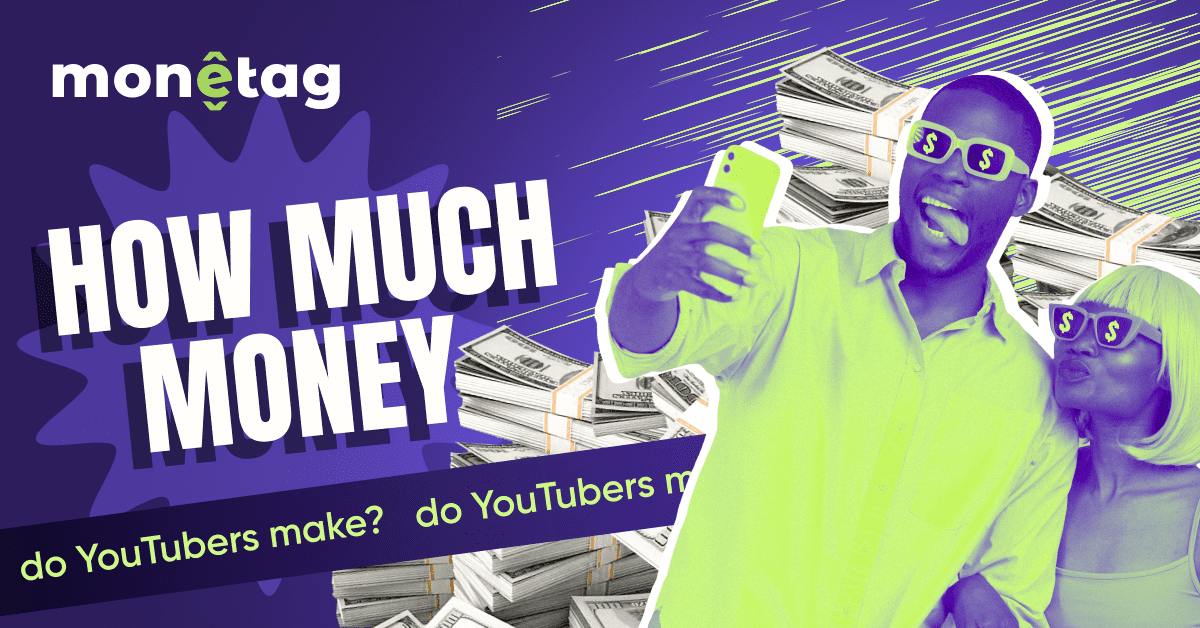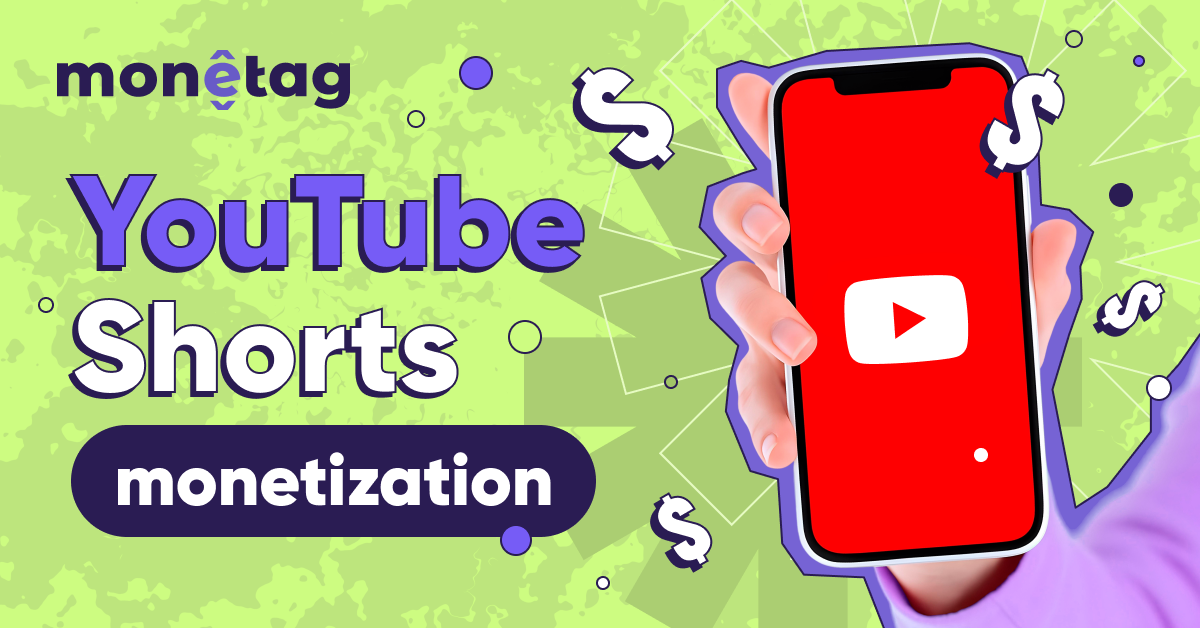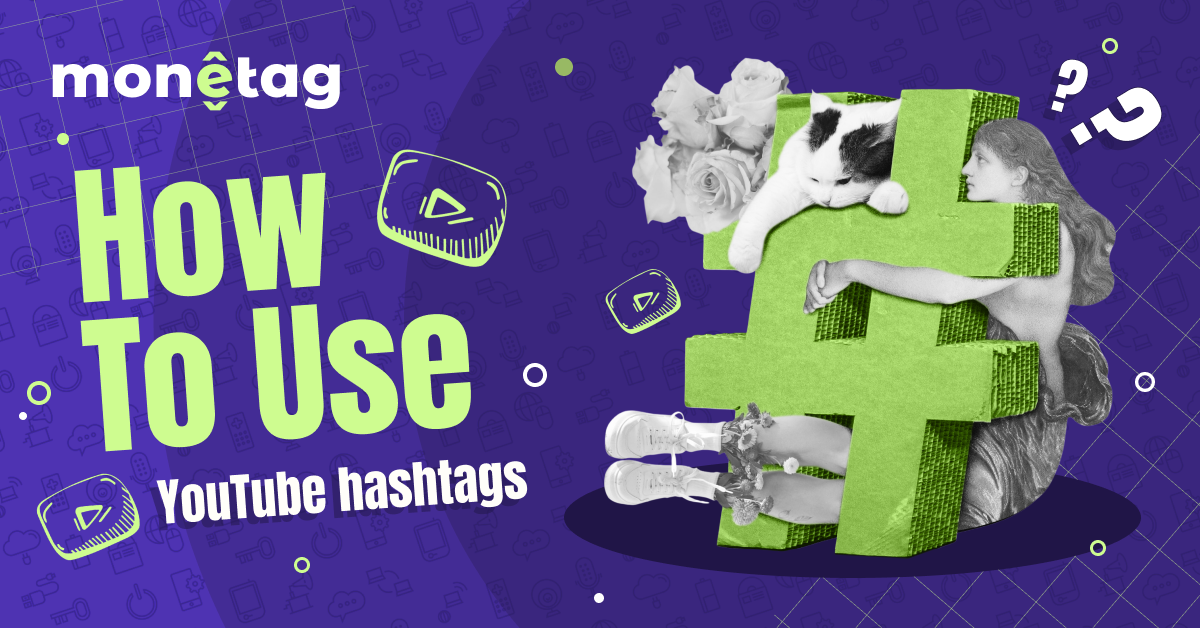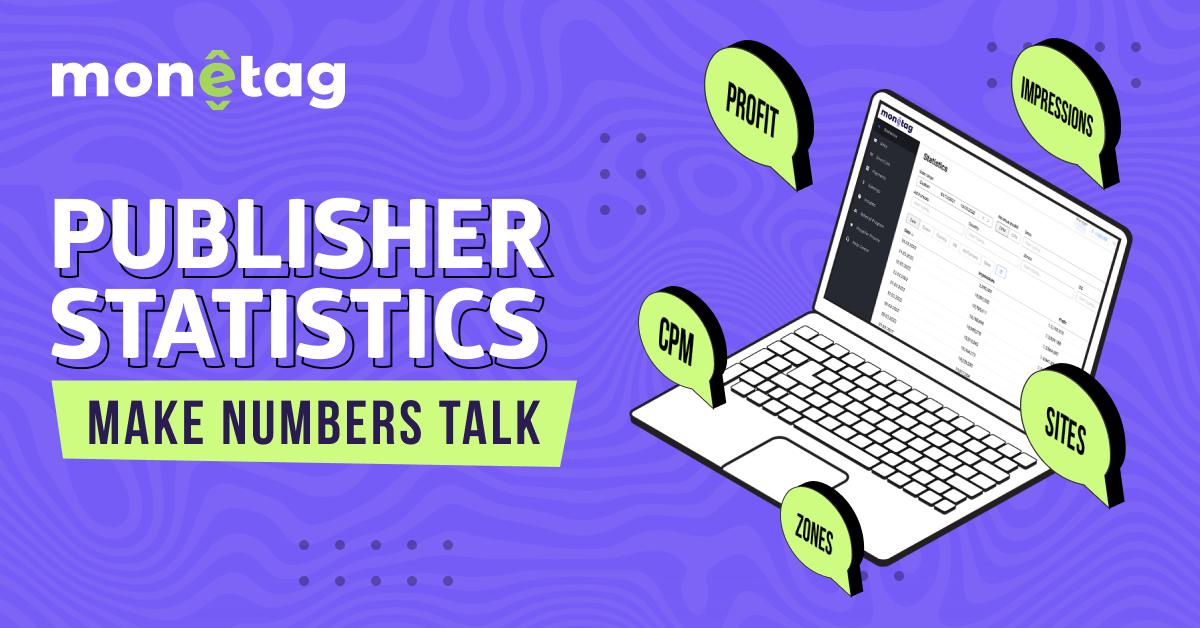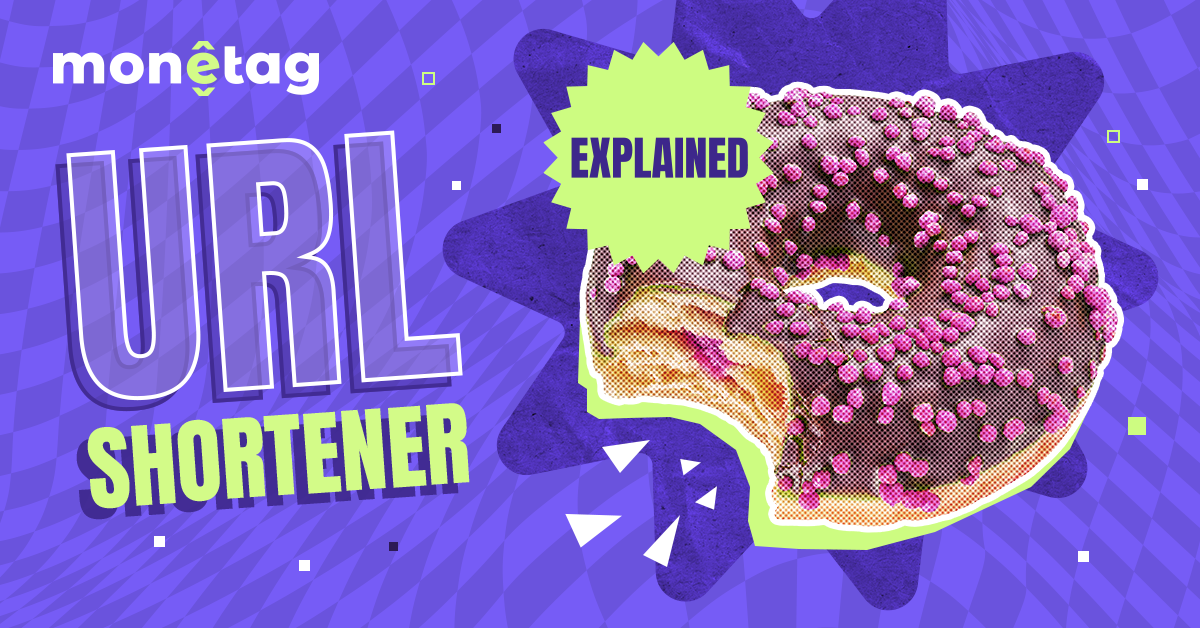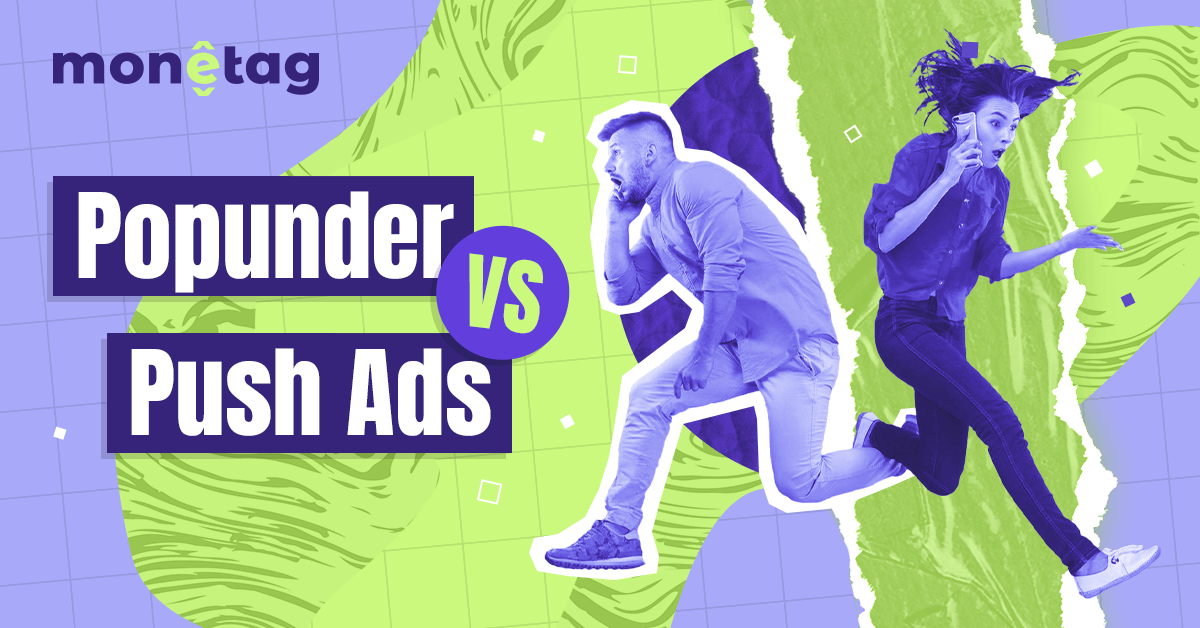YouTube Monetization Criteria: What Actually Gets You Approved
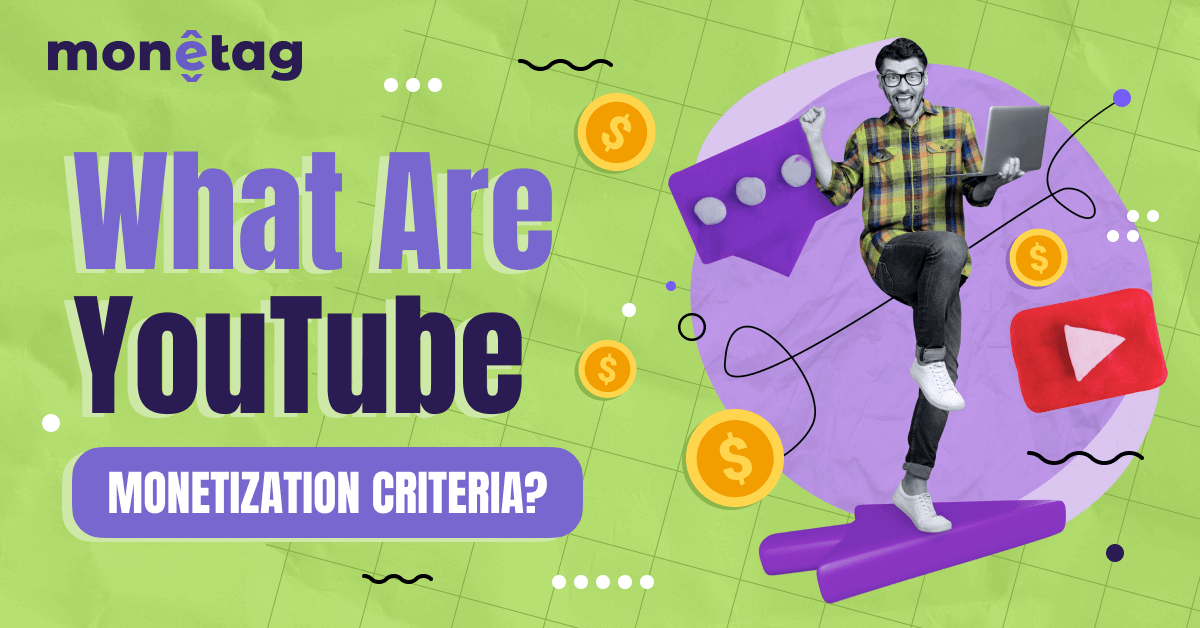
You know what’s frustrating? Hitting 1,000 subscribers and realizing you’re still not eligible for monetization. YouTube’s rules keep changing, and what worked last year might not cut it today.
Let’s break down the real criteria for YouTube monetization: no fluff, just what you need to know.
The Basic Requirements (That Everyone Gets Wrong)
First things first: YouTube has two separate approval processes. In short, these criteria for monetizing a YouTube channel are:
- Join the YouTube Partner Program (YPP)
- Get approved for ad revenue specifically
Here’s where people mess up. They think hitting 1,000 subs and 4,000 watch hours means instant money. Not quite.
Here are the current YouTube channel monetization criteria:
- 1,000 subscribers (no shortcuts here)
- 4,000 valid public watch hours in the last 12 months (or 10M Shorts views)
- Linked AdSense account (in an approved country)
- 2-step verification on your Google account
- No active Community Guidelines strikes
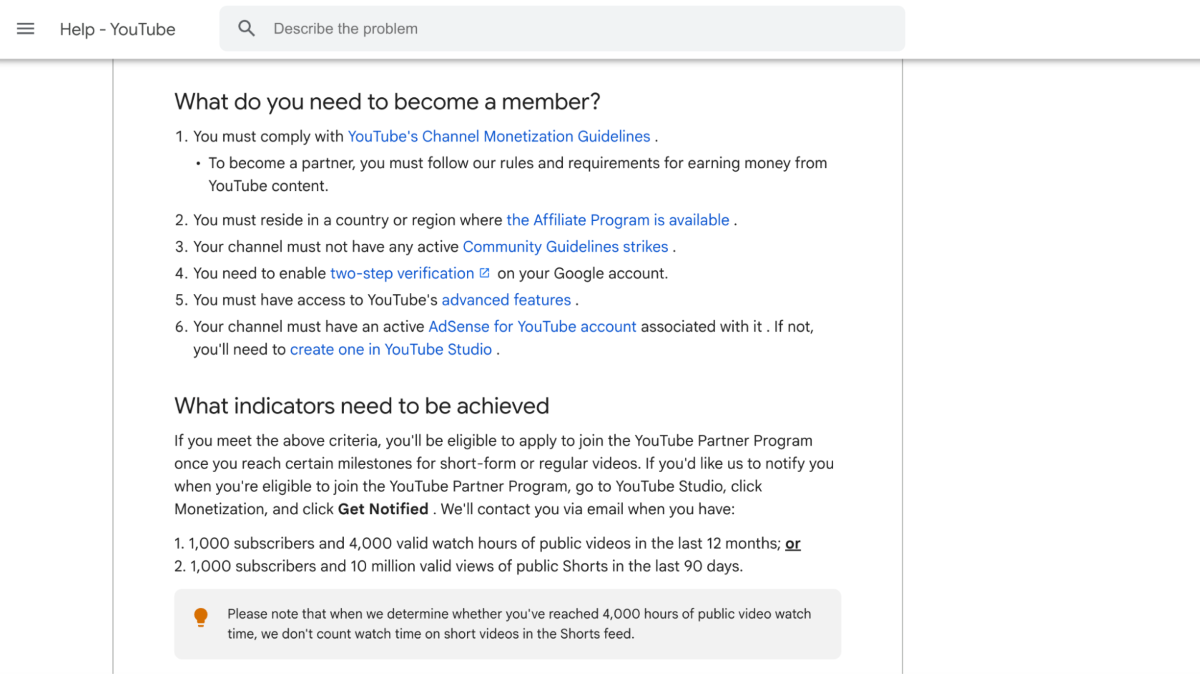
What YouTube Actually Checks During Review
When you apply, YouTube’s team (and algorithms) scrutinize three key areas.
Content Authenticity
In short, it means you can’t just steal someone else’s video or generate a video with the help of AI. You can’t even use AI for creating a voiceover! Here are the don’ts you need to take into account when looking for criteria to get monetized on YouTube:
- Reused content (compilations, reaction videos without transformation)
- Automatically generated content (AI voiceovers with stock footage)
- Templates with minimal changes (those “subscribe” animations everyone uses)
- Copyrighted background music – even if you are recording a vlog in a, say, cafe, where this music plays
For example, you can often come across such complaints from YouTubers:
“I learned the hard way—filming in a coffee shop with music playing got my video claimed. Now, I either mute the background or replace it with royalty-free tracks. It’s not worth the risk!”
Pro tip: If more than 50% of your video could be made by anyone with the same tools, you’ll likely get rejected.
Advertiser-Friendly Content
Even if you meet the criteria for monetization on YouTube, your content must be:
- Original commentary or educational
- Not focused on controversial topics like politics or religion (unless handled carefully – with neutral fact retelling, without any inflammatory language, and with appropriate disclaimers)
- Free from excessive profanity (some is okay after approval)
Funny thing? Gaming channels get away with more swearing than finance channels. YouTube’s rules aren’t always consistent.
Channel History
Within these criteria for YouTube monetization, they check:
- How long you’ve been uploading consistently
- Whether you suddenly bought subscribers
- If your watch hours came from suspicious sources
Here’s something most guides don’t mention – channels that grew organically over 12+ months have higher approval rates than those that blew up overnight.
Common Rejection Reasons (And How to Fix Them)
According to YouTube creators, most issues can be fixed quite easily. However, YouTube doesn’t always send you a reason for rejection, so you don’t know what to work with. Here is one example from Reddit:
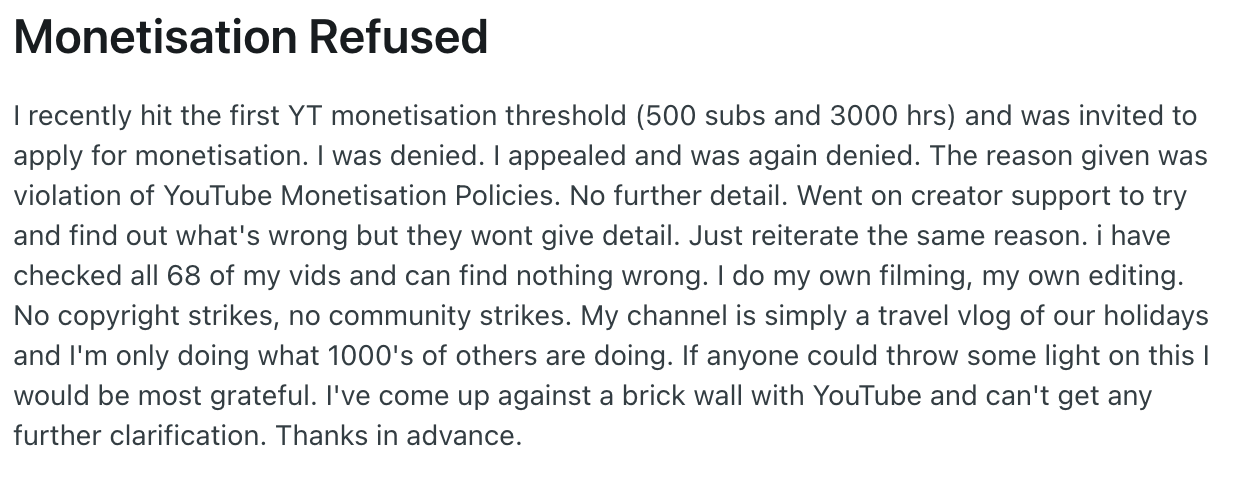
To help you, we collected the most common mistakes and tips on how you can improve your content to fit the criteria for monetization on YouTube.
“Reused content” rejections:
- Add your webcam footage to compilation videos
- Record original voice-overs instead of using text-to-speech
- Edit stock footage significantly enough (zoom, crop, add effects)
“Low effort content” flags:
- Increase video length beyond 5 minutes (8-12 minute sweet spot)
- Add chapters and custom thumbnails to every video
- Show your face at least occasionally (even if you’re a faceless channel)
“Advertiser-unfriendly” problems:
- Avoid controversial thumbnails (blood, weapons, suggestive imagery)
- Bleep/swear words in the first 30 seconds
- Balance negative topics with solutions (don’t just complain)
Advanced Tactics That Actually Help
Once you meet the basic criteria to monetize your YouTube channel, you might want to go a bit further to boost your chances for approval. Here are some tips that will help.
The 10-Video Rule
YouTube’s review team doesn’t publicly state it, but there’s a strong pattern: channels with at least ten public videos tend to get approved more smoothly for monetization. It’s not just about hitting numbers — it’s about showing consistency and effort.
If your channel only has one or two uploads, even if they’ve performed well, it may seem underdeveloped or rushed.
On the other hand, when you’ve published ten or more videos spaced out over several weeks or months, it demonstrates that you’re in it for the long run. You’re not trying to game the system — you’re building a real channel with an audience, a schedule, and a voice. That kind of footprint makes it easier for reviewers to understand what your content is about and whether it meets their standards.
Watch Time Distribution
Watch time is another area where creators often trip up. Technically, one viral video that earns you all 4,000 watch hours still qualifies you for the YouTube Partner Program — but in practice, it can trigger red flags.
If all your engagement is tied to one piece of content, it may look like your channel got lucky or even manipulated the algorithm. YouTube’s reviewers prefer to see a healthier distribution of watch time across multiple videos.
That means it’s better to have a few uploads that are doing well — even if none of them are viral — because it shows that viewers are coming back for more, and that your content delivers value across the board.
It also indicates that your audience is growing naturally, not being driven by a single spike in views.
The Secret Metadata Check
Finally, there’s metadata — something many creators treat as an afterthought, but that plays a quiet yet important role during monetization reviews. YouTube looks at your video descriptions, captions, and timestamps as signals of professionalism and originality.
A strong video description isn’t just a couple of lines — it’s a well-written summary that gives viewers context, outlines what to expect, and includes links or credits when necessary. Ideally, it’s unique for every upload. Custom subtitles are another underrated detail.
While auto-captions are common, taking the time to edit or upload accurate subtitles shows care for accessibility and clarity, both of which are valued by YouTube.
Timestamps help organize your content and give structure, allowing users to jump to the parts they’re most interested in. They also improve retention and help your video appear in more search snippets, giving you both algorithmic and human approval points. Altogether, these small choices build up into a profile of a creator who’s putting in real effort, and that’s exactly what YouTube is looking for.
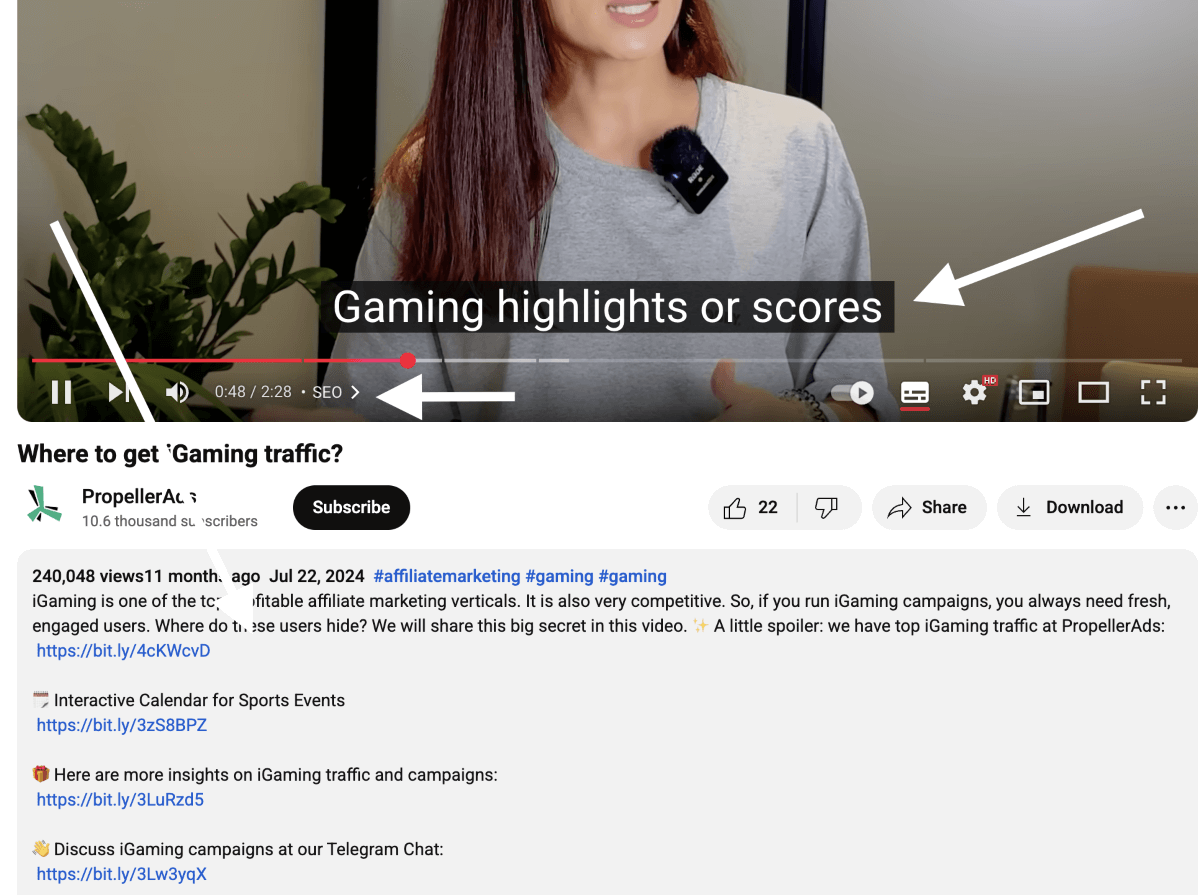
And, here is the pre-approval checklist – if you can tick every point, you are ready to cross your fingers and go:
- Remove any copyright claims (even if monetized)
- Delete old videos that violate current guidelines
- Check that your “About” page isn’t empty
What Happens After Approval
Here’s the reality no one talks about. The first payments take about 2-3 months (YouTube holds your first $100). Besides, RPM rates vary wildly (from $0.50 to $15 based on your niche).
What’s more, you can still lose monetization if your metrics drop. So honestly? The ad revenue alone isn’t enough for most creators. That’s why successful channels combine: YouTube ads, sponsorships, affiliate links, and digital products.
Final Thoughts
Meeting the eligibility criteria for YouTube monetization is just step one. The real work begins when you’re in the program – maintaining standards, diversifying income, and adapting to rule changes.
The advice? Focus on building real audience connections first. The money follows engagement, not the other way around.
